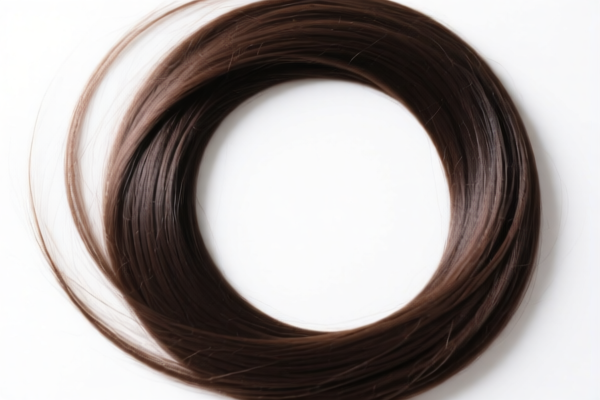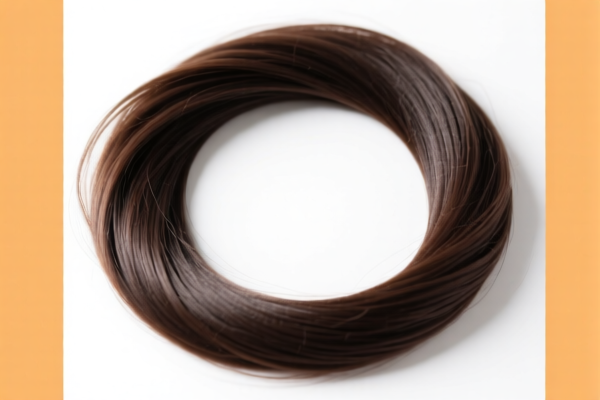| HS Code | Official Doc | Tariff Rate | Origin | Destination | Effective Date |
|---|---|---|---|---|---|
| 3924104000 | Doc | 33.4% | CN | US | 2025-05-12 |
| 3924905650 | Doc | 40.9% | CN | US | 2025-05-12 |
| 3915900090 | Doc | 55.0% | CN | US | 2025-05-12 |
| 3915900010 | Doc | 55.0% | CN | US | 2025-05-12 |
| 3922100000 | Doc | 43.8% | CN | US | 2025-05-12 |
| 3922900000 | Doc | 61.3% | CN | US | 2025-05-12 |




Border Circle
A border circle, typically encountered in user interface (UI) design and graphic applications, is a visual element – a circular shape used to encapsulate or highlight another element, often an image or icon. It functions primarily as a stylistic choice to enhance visual appeal and draw attention.
Material:
Border circles are not physical materials but are digital constructs created using vector graphics or raster images within software applications. Common formats include:
- Vector Graphics: Scalable Vector Graphics (SVG) allow for resolution-independent scaling without loss of quality. Applications like Adobe Illustrator, Sketch, and Figma are used to create them.
- Raster Images: PNG or JPG files can be used, though scaling may result in pixelation.
Purpose:
- Visual Emphasis: Circles naturally draw the eye, making them effective for highlighting important information or actions.
- Branding: Consistent use of border circles can contribute to a brand's visual identity.
- Aesthetic Appeal: Circles often convey a sense of completeness, unity, and friendliness.
- Profile Representation: Frequently used to frame profile pictures or avatars.
Function:
The primary function is visual. They do not inherently do anything but influence how other elements are perceived. They can be combined with other design elements to create interactive buttons or indicators.
Usage Scenarios:
- Social Media Profiles: Framing user profile pictures.
- UI Design: Highlighting interactive icons or buttons.
- Website Navigation: Visually representing menu items or categories.
- Mobile Applications: Indicating unread notifications or new messages.
- Graphic Design: Creating visually appealing compositions or logos.
- Storytelling: Used in infographics to draw attention to key data points.
Common Types:
- Solid Border Circle: A circle with a filled outline. The most basic form.
- Dashed Border Circle: A circle with a broken or segmented outline.
- Double Border Circle: Two concentric circles creating a thicker border.
- Gradient Border Circle: A circle with a color gradient applied to the border.
- Animated Border Circle: A circle with a dynamic effect, such as pulsing or changing color.
- Interactive Border Circle: A circle that responds to user interaction, such as changing color on hover or click.
- Border Radius: While not a circle itself, applying a high border-radius to a square or rectangle creates a circular or rounded-corner effect, often used as a substitute for a true circle.
The declared goods "border circle" require further clarification to determine the appropriate HS code. Based on the provided reference material, several possibilities exist depending on the material and function of the “border circle”. Here are potential HS codes, assuming different compositions:
- 3924104000: This code covers “Tableware, kitchenware, other household articles and hygienic or toilet articles, of plastics: Tableware and kitchenware: Other”. If the “border circle” is made of plastic and used as tableware or kitchenware (e.g., a plastic ring used for plating or food presentation), this HS code may be applicable. The total tax rate is 33.4%, comprising a 3.4% base tariff and a 30% additional tariff effective after April 2, 2025.
- 3924905650: This code covers “Tableware, kitchenware, other household articles and hygienic or toilet articles, of plastics: Other: Other”. If the “border circle” is made of plastic but doesn’t fall into the specific “Tableware and kitchenware” category, this code could be relevant. The total tax rate is 40.9%, consisting of a 3.4% base tariff and a 7.5% additional tariff, increasing to 30% after April 2, 2025.
- 3915900090: If the “border circle” is made of plastic waste, parings, or scrap of other plastics, this HS code applies. The total tax rate is 55.0%, with a 25.0% additional tariff and a 30% additional tariff after April 2, 2025.
- 3915900010: If the “border circle” is made of plastic waste, parings, or scrap specifically of polyethylene terephthalate (PET) plastics, this HS code is applicable. The total tax rate is 55.0%, with a 25.0% additional tariff and a 30% additional tariff after April 2, 2025.
Important Considerations:
The classification of plastic articles is highly dependent on their composition and intended use. If the “border circle” is not made of plastic, other HS codes may be more appropriate.
Chapter 39 covers plastics and articles thereof. Heading 24 covers tableware, kitchenware, etc. Heading 15 covers waste, parings and scrap, of plastics.
To ensure accurate classification, please provide more details about the material composition and intended use of the “border circle”.
Customer Reviews
No reviews yet.